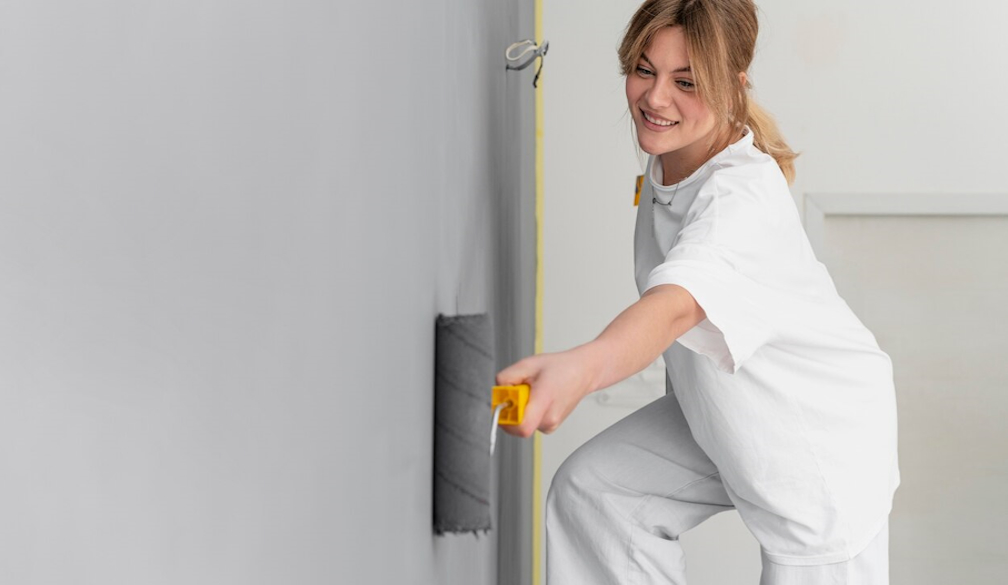Ultimate Guide to DIY Weather-Proofing Projects for Your Home

As the seasons change, ensuring your home remains a sanctuary of comfort and efficiency is paramount. Not only does weather-proofing save on energy costs, but it also enhances the overall cosiness of your living space. In the points below, we’ll explore essential DIY projects such as caulking, weatherstripping, and more, all aimed at keeping the elements where they belong – outside.
Step 1: Assess Your Needs
Before you begin, conduct a thorough inspection around your home. Look for any drafts around windows, doors, and other areas that might allow air to enter. Checking during windy days can make it easier to identify these leaks.
Step 2: Caulking
Materials Needed:
- Caulk
- Caulking gun
- Putty knife
- Cleaning supplies
Procedure:
- Clean the Area: Ensure that the surface around the areas to be caulked is clean and dry. Remove any old caulk with a putty knife and clean off any mould or debris.
- Apply Caulk: Fit the caulk tube into the caulking gun. Apply the caulk smoothly and steadily along the seam or crack. Make sure the caulk is applied in a continuous stream, and ensure it sticks well to both sides of the gap.
- Smooth the Caulk: Wet your finger and smoothly run it along the caulk to press it into the gap and remove any excess.
- Let it Dry: Follow the manufacturer’s instructions for drying time before painting or exposing to water.
Step 3: Installing Weatherstripping
Materials Needed:
- Weatherstripping material
- Scissors or a utility knife
- Measuring tape
Procedure:
- Measure the Gap: Measure the area where the weatherstripping will be applied, usually around movable components like windows and doors.
- Cut the Weatherstripping: Cut the stripping to match the measurements. Make sure the cuts are straight and fit snugly into the area.
- Install the Weatherstripping: Peel off any adhesive backing, and apply the stripping firmly around the frame where the window or door closes. If the product requires nails or tacks, use them as specified by the manufacturer’s instructions.
Additional Tips
- Check for Insulation Gaps: Attics, basements, and crawl spaces are notorious for heat loss. Inspecting and upgrading insulation in these areas can drastically improve your home’s energy efficiency.
- Use Draft Stoppers: Simple solutions like draft stoppers can prevent cold air from entering under doors. They are inexpensive and can be a decorative element in your home.
- Consider Your Windows: Installing energy-efficient windows or adding window treatments like plantation shutters can significantly enhance your home's thermal insulation. Wondering about the cost? You can find out how much do plantation shutters cost to get a better idea and weigh the benefits they offer.
Ready to get started?
Weather-proofing your home is a practical, rewarding project that can lead to substantial savings on heating and cooling costs, improved home comfort, and a reduced environmental impact. By following these steps and using the right materials, you can achieve professional results on a DIY budget. Remember, the key to successful weather-proofing is thoroughness and precision – traits every DIY enthusiast should cultivate!

























